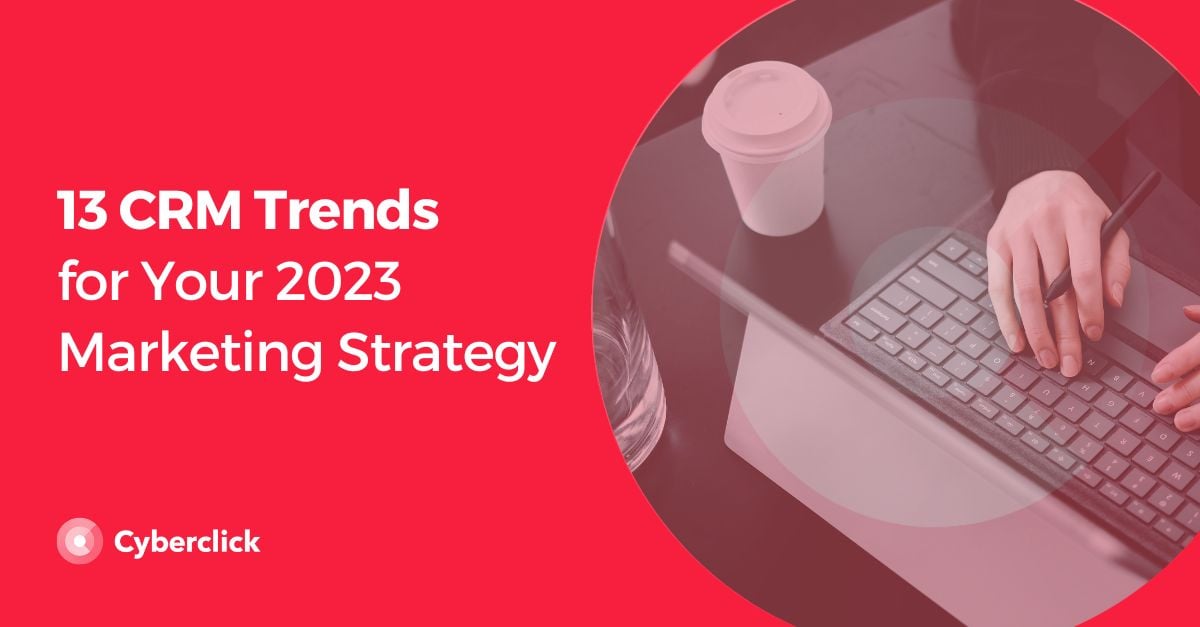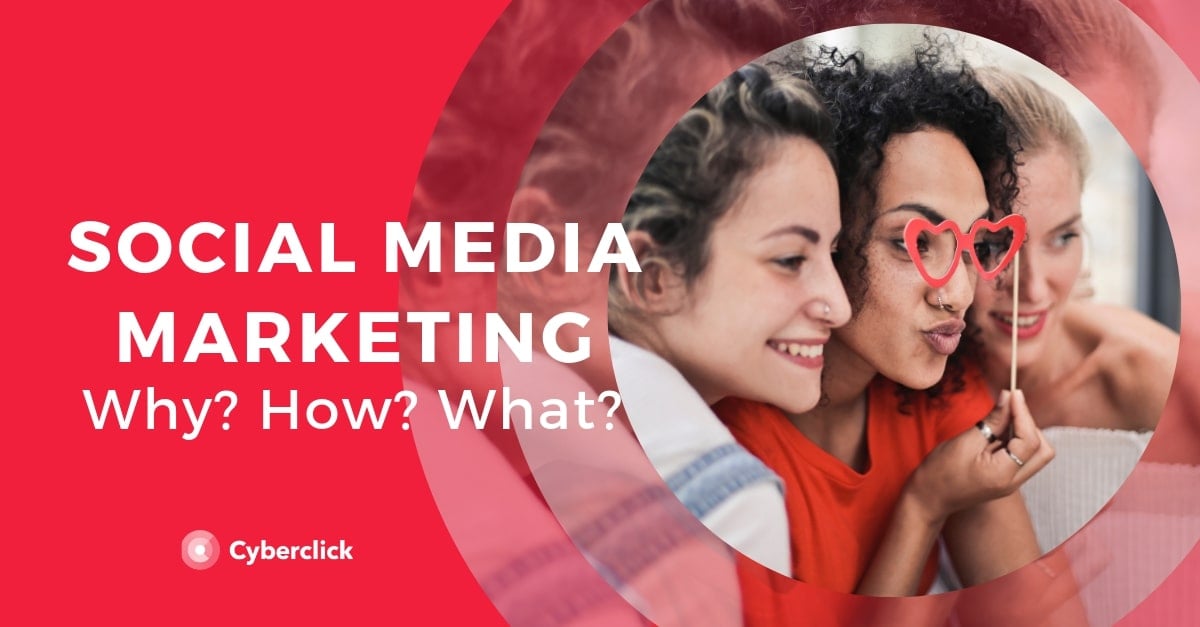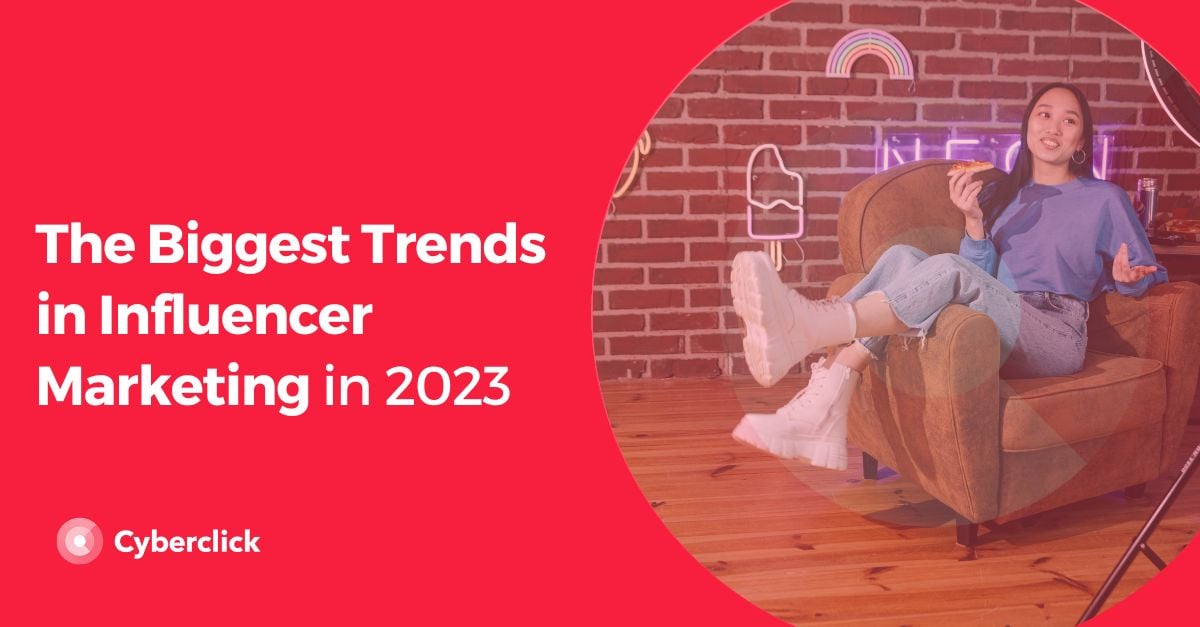Branded content is a marketing technique that involves creating content that is directly linked to a brand and to its values, allowing consumers to make a connection with it in order to increase brand awareness. It is meant to promote the company while also being of value and interest to the user.
It is a great way to help your brand stand out in an overly saturated market, where people are overwhelmed with ads to the point where many resort to ad blockers and develop ad blindness. To combat this, brands need to look for new methods of advertising to their audience and find creative ways to capture attention, such as Branded Content.
Main Characteristics of Branded Content
To further define branded content, let's take a look at some of its main characteristics:
-
Although it can adopt the format of a classic video spot, this content is based more on the intangible qualities of the brand than on the specific products it offers.
-
More than looking for a direct sale or conversion, this type of content tries to impact the audience and spark conversation around the brand. Therefore, the key metrics to measure the success of branded content tend to focus on things like shares, likes, and the number of mentions.
-
Normally we think of advertising as a price to pay to consume the content that interests us, but branded content seeks to turn this idea around and create content that users want to consume. Generally, this added value comes in the form of entertainment or useful information.
-
Using emotion for the purpose of persuasion goes back to the times of Aristotle, but it's still an effective technique today. Branded content does not necessarily seek to use rational arguments about why a brand is better than the competition, but instead connects with the audience on a more intimate level.
-
In essence, this type of content seeks to tell a story about the brand to the viewer, with protagonists, as well as a beginning, middle, and end.
-
Branded content is a very flexible concept, so it can be adapted for many different formats like video, podcasts, interactive formats, video games, events, or even combining several of these to tell the history of the brand. Similarly, there are many different ways to spread this content, from apps to social networks to the brand's website.
-
It is very common for brands to collaborate with film directors or other renowned professionals to create their most outstanding content. But the collaborations don't end there. User-generated content is also a popular resource, allowing users themselves to tell their stories about the brand and thus get involved while providing content.
What Is Not Branded Content?
Since the term is relatively new, there is still some confusion around it. Let's look at the differences between branded content, conventional advertising, content marketing, and product placement.
Branded Content vs. Conventional Advertising
-
Branded content does not focus on products and services: although products can appear in the content, they are not the main focus nor are they directly talked about. Instead, there is a greater focus on more abstract values and the brand story.
-
Branded content is not invasive: TV spots or digital formats such as banners and pop-ups are based on grabbing the user's attention. On the other hand, the user consumes branded content voluntarily.
Branded Content vs. Content Marketing
-
Content marketing is a broader strategy: it encompasses all types of content created by a brand, while branded content would be a specific type of content within the overall strategy.
-
Content marketing can also include unbranded content: within a content marketing strategy, there is room for content that isn't branded, for example, informative guides, video tutorials, and testimonials.
Branded Content vs. Product Placement
-
Product placement is explicit: in product placement, the product always appears very clearly, while in branded content this is not an essential requirement.
-
Product placement is passive: while the brand has the confirmation that its product will be present, the control over what goes on around the product placement, i.e. the context of the placement is mostly decided by the creators of the main content (for example, a movie or series) and not by the brand itself.
-
Product placement does not use storytelling: in product placement, the main story is not related to the product or the brand, while branded content is always related to the brand's corporate values.
Advantages of Branded Content
1. Non-Invasive
Conventional digital advertising including banners hinders navigation, and generates more disapproval among users. However, branded content seeks to attract people naturally and make them want to get involved.
2. Emotional Connection
The best-branded content is capable of telling stories that excite the audience. This emotion gets associated with the brand, making users remember it for a long time.
3. Could go Viral
Branded content is presented in sharable formats that often generate a "snowball" effect that can go a long way. If the content is compelling, people will naturally share it with their networks giving the brand a boost or even making it go viral.
4. Improved Brand Positioning
Instead of just repeating a slogan, this type of content tells a story that represents the values the brand wants people to associate it with. The positive associations and the characteristics of a brand register in the minds of the audience.
5. Increase in Engagement and Loyalty
Branded content seeks to provoke a response from people. This way, the audience engages with the brand at a much deeper level and eventually integrates it as part of their customer identity.
6. Traffic and Leads Generation
Although it is associated more with brand awareness and metrics, a good branded content campaign can also bring a large amount of traffic to a website and start introducing users into the conversion funnel.
Branded Content on Instagram
Branded content on Instagram is content made by a creator who has been paid or has been given something of value (like a product) by the brand they have partnered with. When a brand partners with a creator or an influencer, the creator has to tag the business in the post. There are several ways that this is done:
-
Some use the "Partnership Ads" option (previously known as "Branded Content") in which the post is marked as a "paid partnership".
-
Others prefer to be more subtle and include a reference in the copy that the post is an *Ad.
-
There is also the option to collaborate via a "Joint Post", in which the post is shown as having two publishers (example shown below).

6 Examples of Branded Content
Here are six of our favorite examples of branded content. They show that branded content can take different forms and tactics.
1. SpaceX
In November 2024, SpaceX conducted its sixth test flight of the Starship spacecraft, incorporating a playful element that garnered widespread attention. A full-sized artificial banana was placed inside the spacecraft's cargo hold, serving as a zero-gravity indicator—a tradition in space missions to signal the onset of microgravity. This choice was explained by SpaceX engineer Kate Tice, who noted, "Bananas have been used for quick visual comparisons for quite some time, and our teammates thought it was time to bring the venerated yellow fruit to Starship."
Following the flight, Chiquita Brands International joined in the fun by sending a shipment of bananas adorned with custom stickers featuring the Starship logo to SpaceX's Starbase in South Texas. These bananas were donated to the Food Bank of the Rio Grande Valley, blending marketing with community support. SpaceX also capitalized on the buzz by offering banana-themed merchandise on its website, including plush toy bananas and mission patches featuring the banana emblem.
2. GQ
GQ partnered with Goldman Sachs to create a series on their YouTube channel called My First Million. In the videos, young athletes talk about how they spent their first big paycheck. They not only discuss things like luxury cars and fashion but also important financial decisions they have made.
This series is one of the most-watched on GQ's channel because it combines entertaining content with financial literacy. Athletes talk about investing in property, paying off debts, and helping their families financially.
3. Red Bull
Red Bull is one of the most successful examples of branded content. Most of its marketing is focused on creating stories that promote its brand values, such as athleticism and taking risks.
The most famous example of Red Bull's branded content is Felix Baumgartner's jump from the stratosphere, at 38,969 meters. The brand put together the technical means to carry out this feat and managed to have half the planet talking about it for days.
The returns from the advertising were three times the investments. The event was also very memorable and had a positive long-term impact on the brand.
4. Coca-Cola
As one of the most famous brands in the world, Coca-Cola no longer needs to communicate the fact that they manufacture soda. Instead, they now focus on communicating a universally popular value: happiness. Their content focuses on people having fun and spending time with those they are close to.
One of the best examples of how Coca-Cola uses branded content is the ability to customize Coke cans with names.

5. Savage x Fenty
Rihanna’s Savage X Fenty fashion show is a masterclass in using events to generate branded content. Each year, the show pushes boundaries with its diverse representation, inclusive casting, and high-energy performances, blending fashion, music, and pop culture. Unlike traditional runway shows, Savage X Fenty creates an immersive experience, released as a cinematic event on Amazon Prime Video.
The buzz surrounding the show extends far beyond the runway, with social media discussions, celebrity appearances, and viral moments amplifying the brand’s visibility. This innovative approach has cemented Savage X Fenty as a disruptor in the lingerie industry.
6. Patagonia
Patagonia, renowned for its commitment to environmental sustainability, has extended its eco-friendly initiatives into the food industry through its subsidiary, Patagonia Provisions. This venture offers a range of organic and regenerative products, including pasta crafted from sustainably sourced ingredients.
Patagonia Provisions' pasta line features varieties such as fusilli, penne, and shells, all made from Regenerative Organic Certified® durum wheat flour and Kernza, a perennial grain known for its environmental benefits. These pastas are bronze-cut to enhance texture and sauce adherence. The packaging is also environmentally conscious, utilizing 100% recycled fiber to minimize waste.
7. Trader Joe's
Trader Joe's launched its official podcast, "Inside Trader Joe's," a few years ago. The series offers listeners a behind-the-scenes look at the company's operations, culture, and product offerings. Hosted by Tara Miller, Director of Words and Phrases and Clauses, and Matt Sloan, Vice President of Marketing, the podcast delves into various topics, including the history of the company, product development, and interviews with crew members.
Episodes are released bi-weekly and are available on major platforms such as Apple Podcasts, Spotify, and iHeartRadio. The podcast has been well-received, with listeners appreciating its informative and entertaining content that reflects the brand's unique and quirky personality.
"Inside Trader Joe's" serves as an effective branded content initiative, deepening customer engagement by sharing stories and information that resonate with the brand's loyal customer base.
Responsable de la estrategia de contenidos y visibilidad en Cyberclick, con enfoque Allbound y especialización en posicionamiento SEO, GEO y automatización con IA. Gestión avanzada del CRM con HubSpot: base de datos, workflows, lead nurturing, scoring y reporting. Experiencia en marketing digital, comunicación corporativa y periodismo, uniendo estrategia, creatividad y tecnología para captar y convertir leads cualificados.
Responsible for content and brand visibility strategy at Cyberclick, with an Allbound approach and specialization in SEO, GEO (Generative Engine Optimization), and AI-powered automation. Advanced HubSpot CRM management: database segmentation, workflows, lead nurturing, scoring, and reporting. Background in digital marketing, corporate communications, and journalism—combining strategy, creativity, and technology to attract and convert qualified leads.






Leave your comment and join the conversation